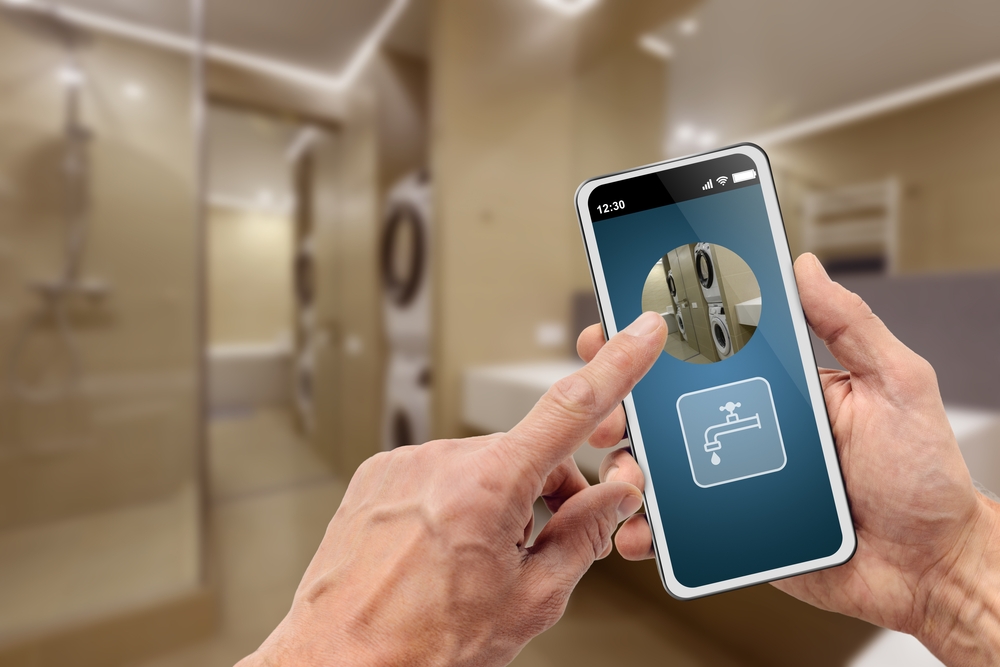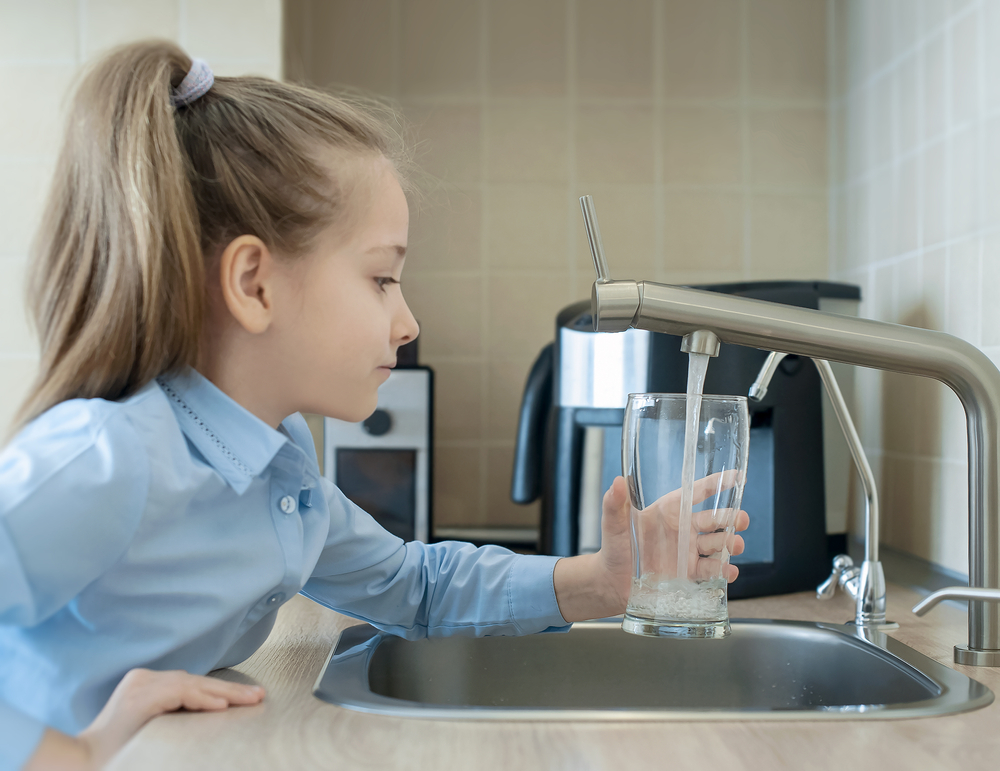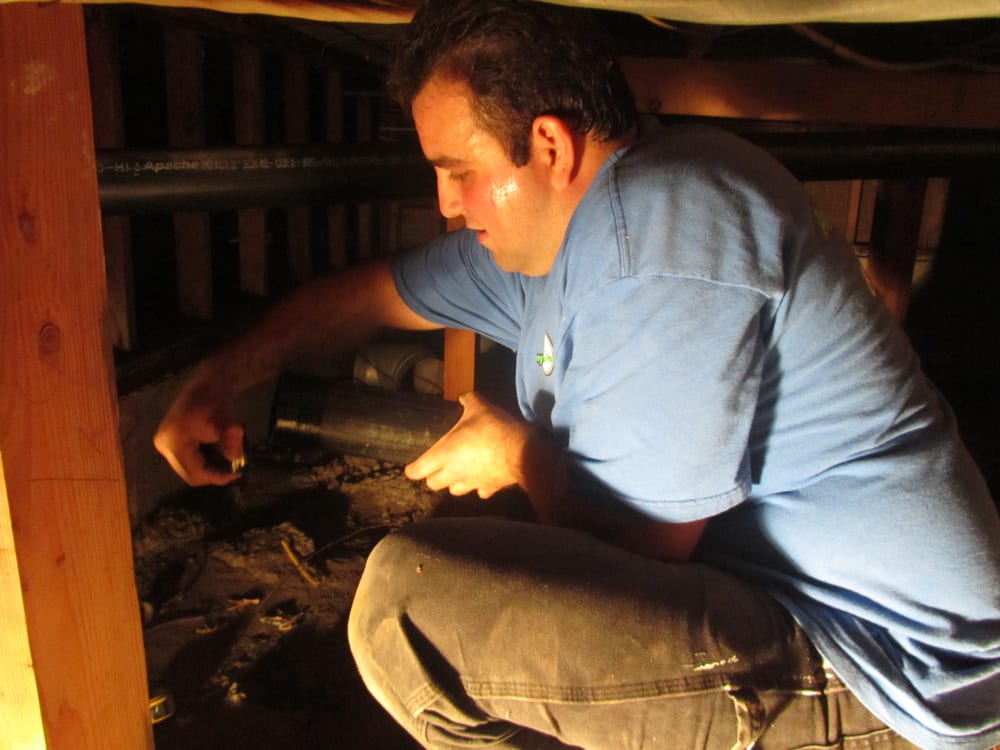
New Innovations in Plumbing – New Materials and Techniques
The plumbing industry has come a long way from the lead pipes of ancient Rome to the advanced plumbing technologies of today. Modern plumbing systems are not just about water supply and waste disposal; they represent a blend of efficiency, sustainability, and technological innovation. This article delves into the recent advancements in plumbing materials and methods, highlighting how these innovations are reshaping the plumbing business and contributing to more efficient plumbing systems. From tankless water heaters to smart plumbing fixtures, we explore the cutting-edge developments that are setting new standards in the plumbing industry.
The Evolution of Plumbing Materials
Historically, plumbing materials have evolved significantly. Ancient plumbing systems used lead, which we now know is harmful. Over time, materials like iron, copper, and PVC became popular for their durability and safety. Recently, the plumbing industry has seen a shift towards materials that are not only safe but also environmentally friendly and sustainable.
The transition to green plumbing technology reflects a growing awareness of health, safety, and environmental impacts. For instance, the use of lead-free pipes and fittings has become a standard in modern plumbing systems, reducing the risk of water contamination. Similarly, the adoption of materials like PEX (cross-linked polyethylene) in new plumbing technologies offers benefits such as flexibility, resistance to scale and chlorine, and a reduced environmental footprint. These material innovations are crucial in developing modern plumbing systems that are safe, efficient, and sustainable.
Advanced Piping Materials
In the realm of advanced plumbing technologies, new materials like PEX and stainless steel are revolutionizing plumbing systems. PEX piping, known for its flexibility, is rapidly becoming a favorite in both residential and commercial plumbing for its ease of installation and durability. Unlike traditional materials, PEX is resistant to corrosion and scale buildup, making it a more reliable choice for long-term use.
Stainless steel, another innovative material in the plumbing industry, offers exceptional strength and corrosion resistance. It’s particularly useful in environments where water quality and hygiene are paramount, such as in hospitals or food processing plants. These advanced materials not only extend the lifespan of systems but also support the development of more efficient systems.
Case studies in various sectors, from residential complexes to industrial facilities, demonstrate the effectiveness of these materials. For example, a residential building that switched to PEX piping reported lower maintenance costs and improved water quality, showcasing the tangible benefits of these new plumbing technologies.

Eco-Friendly Plumbing Solutions
Eco-friendly plumbing solutions are at the forefront of modern plumbing technology. Innovations like low-flow toilets and showerheads, tankless water heaters, and smart irrigation systems are making significant strides in reducing water usage and energy consumption.
Tankless water heaters, which provide hot water on demand rather than storing it in a tank, are a prime example of efficient systems. They eliminate the energy losses associated with storage tank water heaters, offering both environmental and economic benefits. Similarly, low-flow fixtures reduce water usage without compromising performance, playing a crucial role in water conservation efforts.
Another significant advancement is the integration of greywater systems and rainwater harvesting in modern systems. These systems reuse water for non-potable purposes like irrigation and flushing toilets, significantly reducing the demand for fresh water. Such green plumbing technology not only conserves precious resources but also aligns with sustainable building practices.
Smart Plumbing Technologies
Smart plumbing technology is revolutionizing the way we manage water in our homes and businesses. Smart toilets, leak detectors, and sensor-based faucets are just a few examples of how technology is enhancing plumbing systems. These smartest plumbing fixtures provide increased control, efficiency, and convenience.
Leak detectors are a game-changer in preventing water damage and conserving water. These devices can detect even the smallest leaks in a plumbing system, alerting homeowners or plumbing professionals before the issue escalates. Smart toilets, with features like automatic flushing, self-cleaning, and water usage tracking, offer a new level of hygiene and efficiency.
Hot water recirculation systems are another innovative feature in modern plumbing technology. These systems ensure that hot water is instantly available at all taps, reducing the wait time and water wastage associated with traditional systems. The integration of smart plumbing technology in homes and commercial buildings not only enhances convenience but also plays a significant role in water conservation and management.

Installation Techniques and Tools
The plumbing industry has also seen advancements in installation techniques and tools, making the plumbing process more efficient and less invasive. Trenchless technology, for example, allows for the repair or replacement of pipes without the need for extensive excavation. This technique is not only faster and more cost-effective but also minimizes disruption to the surrounding environment.
Modern tools and equipment have streamlined the installation and repair of plumbing systems. For instance, press-fit technology allows for the secure joining of pipes without the need for soldering, significantly reducing installation time and the risk of leaks. These new tools and techniques are a boon for plumbing professionals, enabling them to provide quicker, more reliable service.
Innovations like modular systems, where components are pre-assembled and easily installed on-site, are transforming the plumbing business. These systems reduce the complexity and duration of plumbing projects, making them more efficient and cost-effective. Such advancements in installation techniques and tools not only benefit the plumbing professionals but also the end-users by reducing the overall cost and time involved in plumbing projects.
Plumbing in Green Building Design
Plumbing plays a critical role in green building design, contributing to the overall sustainability of a structure. Modern systems are integral in achieving LEED certification and other environmental standards. These systems are designed to be efficient in water and energy use, reducing the building’s environmental footprint.
Innovations like water-efficient fixtures, energy-saving hot water systems, and smart plumbing technology are key components in green buildings. For instance, buildings that incorporate rainwater harvesting systems and greywater recycling significantly reduce their reliance on municipal water supply, exemplifying sustainable use of resources.
Advanced plumbing technologies also contribute to indoor environmental quality by ensuring efficient waste disposal and water purity. The integration of these technologies in green building design demonstrates how the plumbing industry is evolving to meet the demands of sustainable architecture. By adopting green plumbing technology, buildings not only become more environmentally friendly but also more cost-effective in the long run.

Conclusion
The plumbing industry continues to evolve, driven by the need for more efficient, sustainable, and technologically advanced systems. From eco-friendly materials to smart plumbing fixtures, these innovations are reshaping how we think about and use plumbing in our daily lives. As we embrace these new materials and techniques, we pave the way for more efficient, sustainable, and convenient plumbing systems. The future of plumbing looks bright, with continuous advancements promising to further enhance the efficiency and sustainability of our water and sanitation systems.







